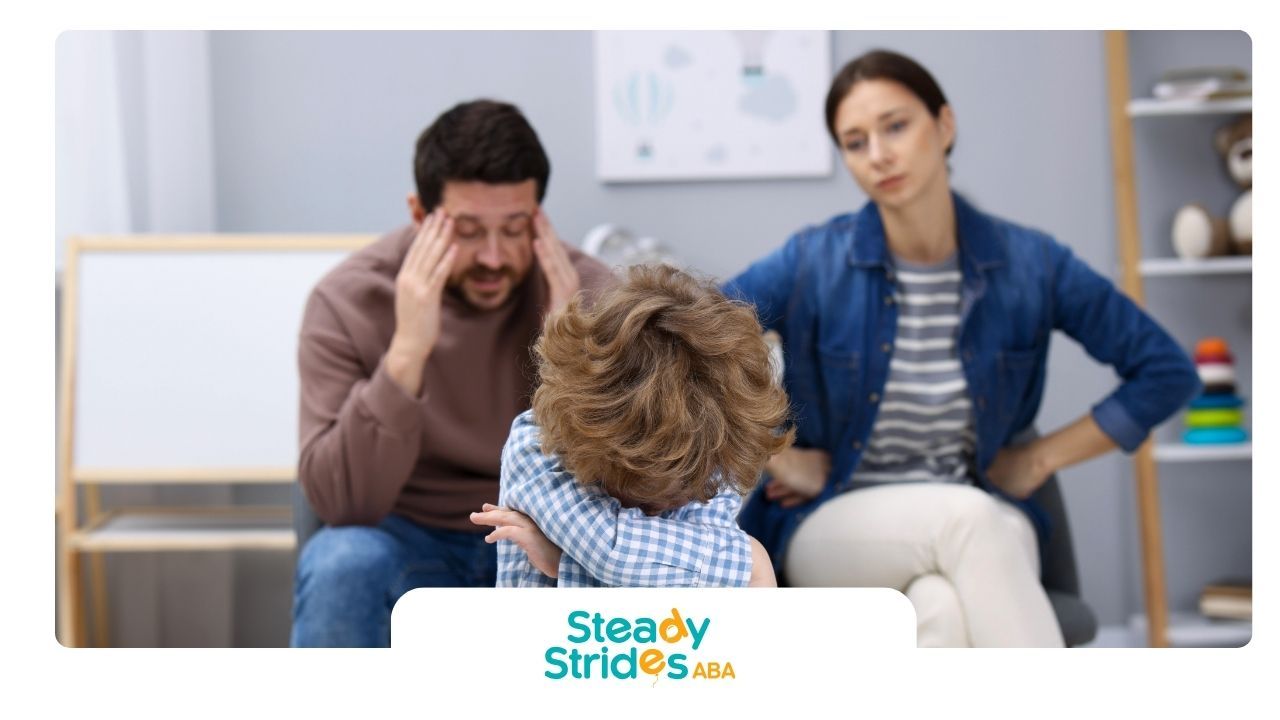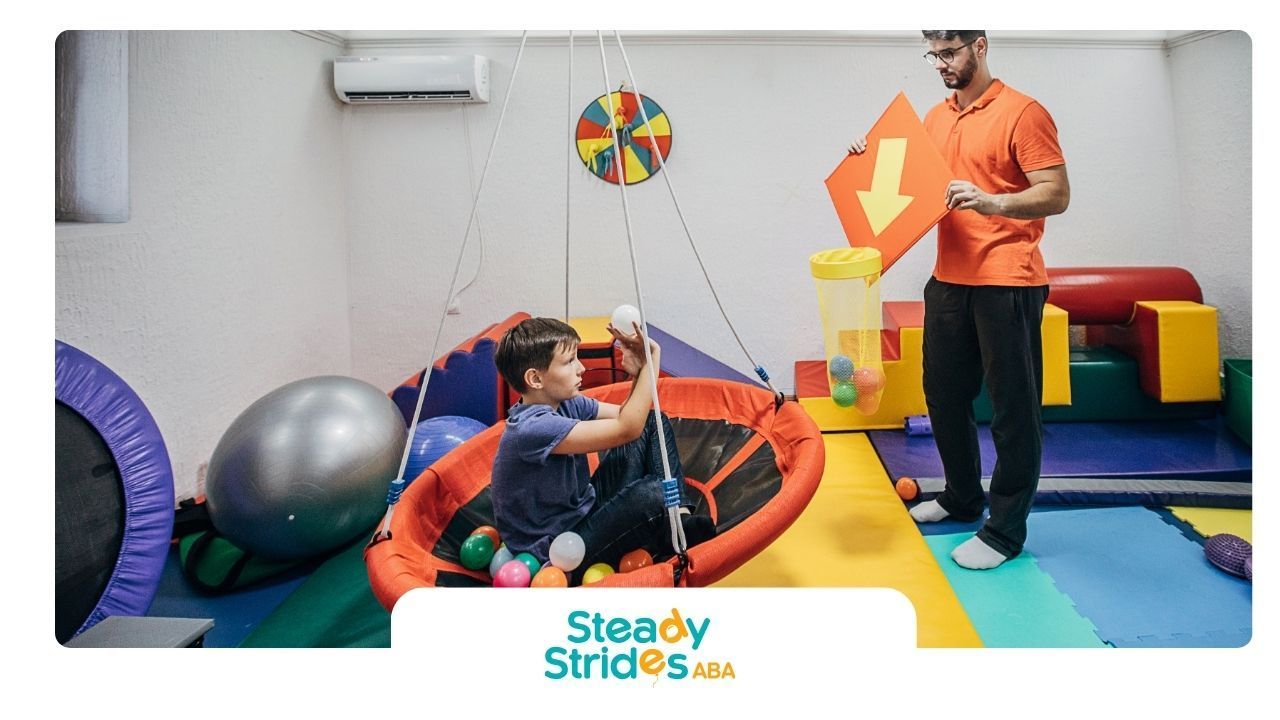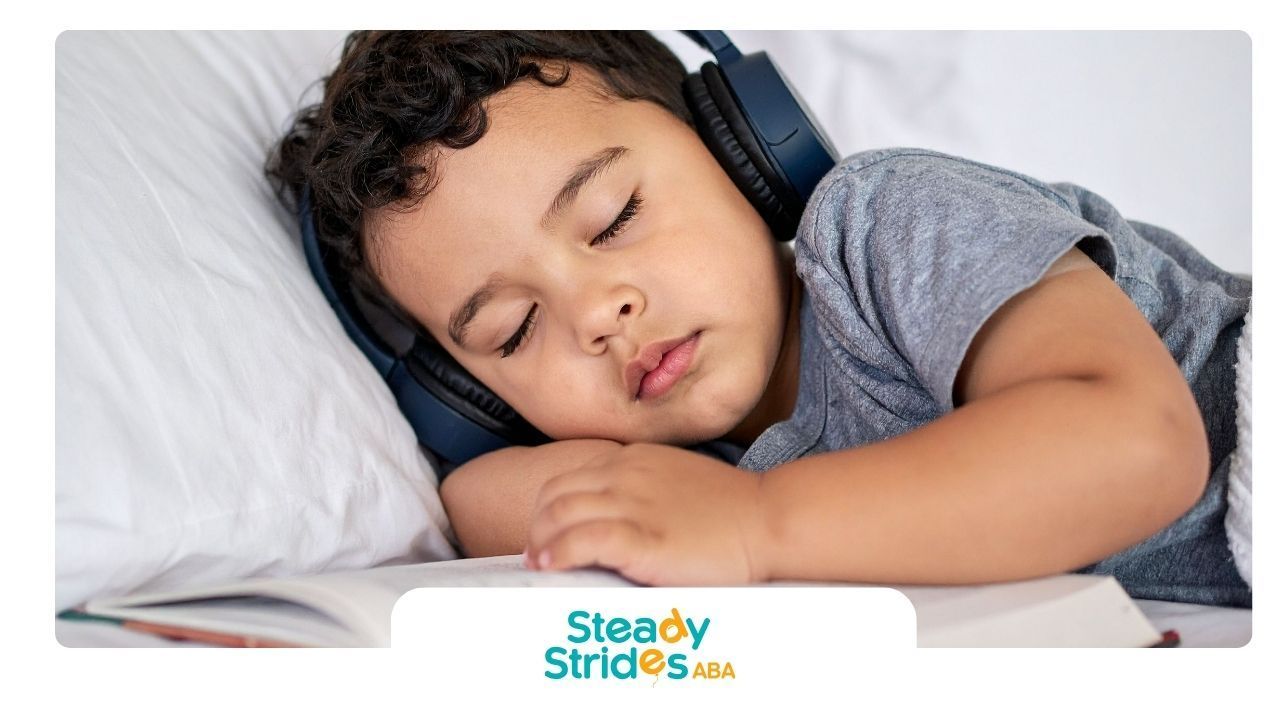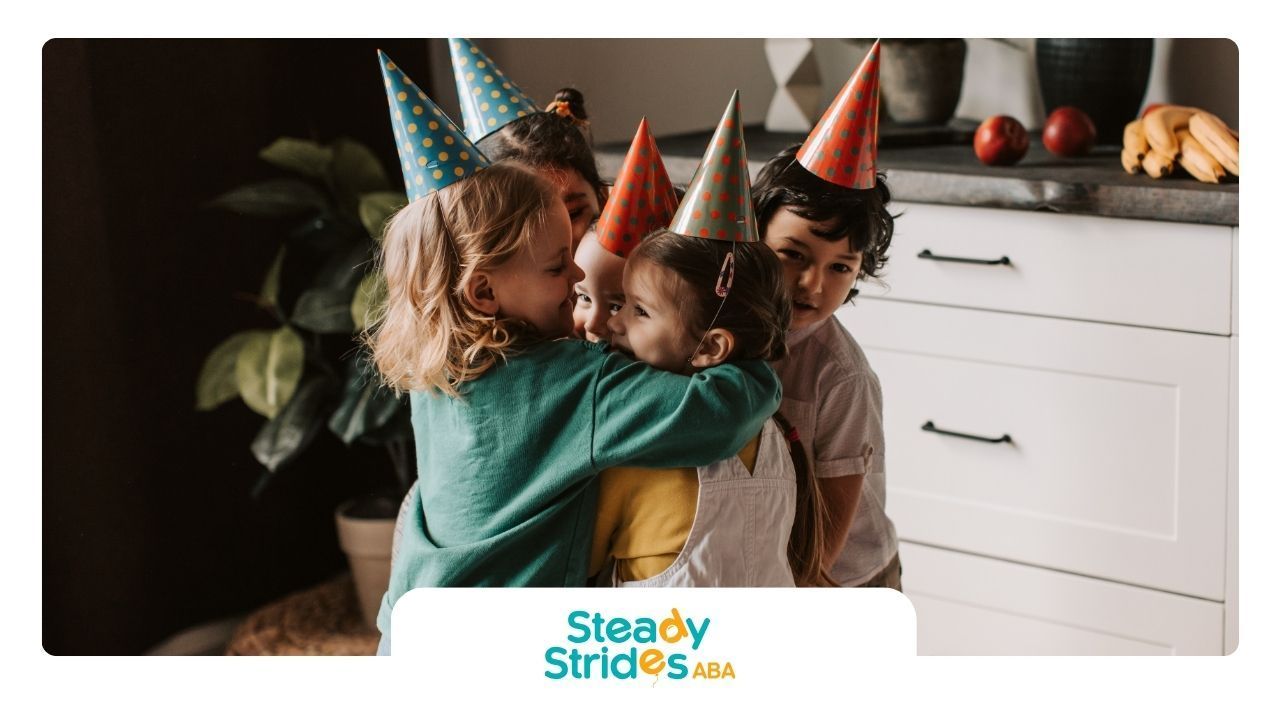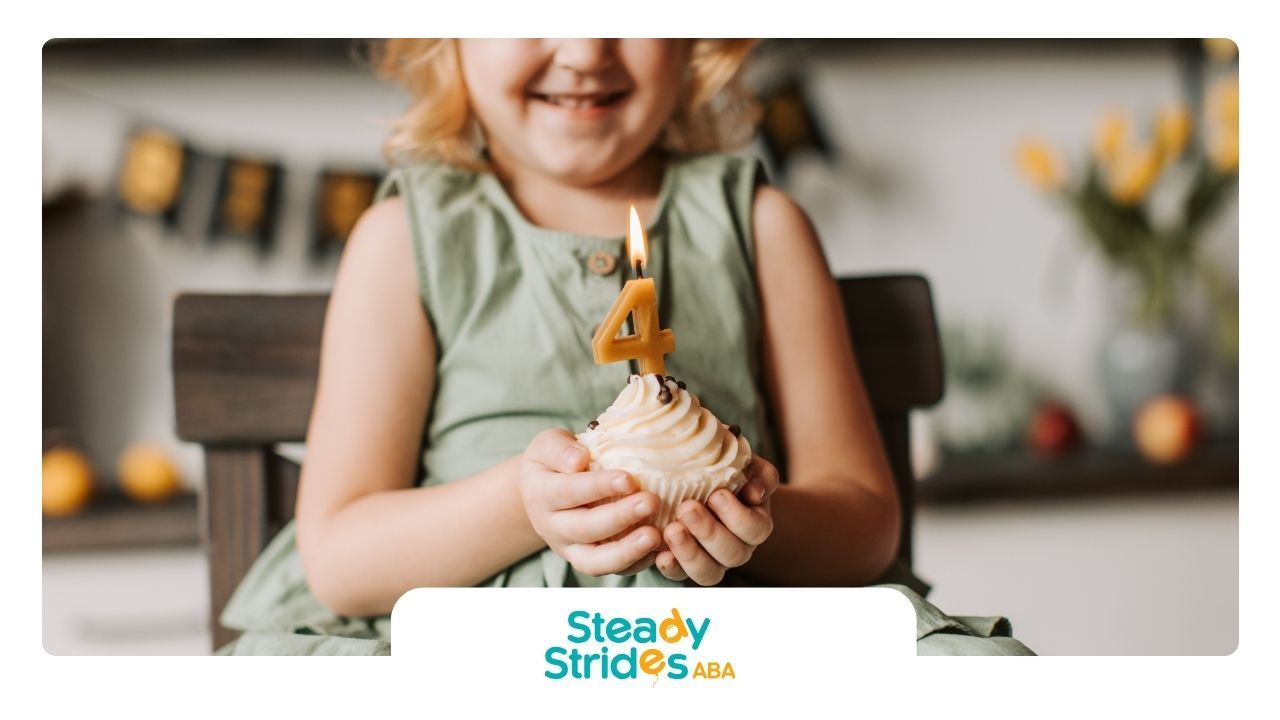Key Highlights
- ABA therapy supports skill-building and behavior improvement in children with autism.
- Therapy typically ranges from 10 to 30+ hours per week, depending on individual needs.
- A board-certified behavior analyst (BCBA) determines the right number of hours through a full assessment.
- Focused ABA plans require fewer hours; comprehensive plans may involve up to 40 hours weekly.
- Hours adjust over time based on the child’s progress and evolving goals.
If you're a parent exploring ABA therapy in Texas, chances are you're feeling overwhelmed by information, opinions, and a long list of decisions.
One of the biggest questions families ask is: How many hours of ABA therapy does my child need to see real progress? The answer isn’t one-size-fits-all—but it is based on clear principles and a tailored approach.
In this article, we’ll break down how therapy hours are determined, what “minimum” really means in a clinical context, and why some kids need more or fewer hours based on their individual goals.
Whether you're just starting out or considering changes to your child's current plan, this guide will give you the clarity you're looking for.
Principles of ABA Therapy for Children
How ABA Therapy Supports Learning
ABA therapy uses scientific methods to improve behaviors that matter most in daily life. Therapists study how behavior works and how it’s influenced by the environment. Then, they create structured plans to help children learn step-by-step.
Building Real-Life Skills
Children work one-on-one with trained therapists to practice skills they can use every day—like talking, sharing, or completing simple tasks. ABA focuses heavily on social development and learning how to navigate the world more independently.
What Is ABA Therapy and How Does It Work?
The Science Behind ABA
ABA is grounded in the study of behavior and learning. Therapists observe patterns in a child’s actions, then design techniques to teach better responses. Positive reinforcement is a key part of this process.
Personalized, Hands-On Approach
Therapists often use play, routine tasks, or home-based activities to teach skills. Sessions are tailored to each child and allow for frequent progress tracking. Plans are updated as needed to meet evolving goals.
Core Goals and Benefits of ABA Therapy
What ABA Therapy Aims to Achieve
The ultimate goal of ABA therapy is to help a child function more independently. That includes improving how they interact with others, manage emotions, and respond to challenges.
Lasting Improvements in Daily Life
Parents often notice long-term benefits of ABA therapy like reduced tantrums, better communication, and smoother transitions at school or home. As therapy continues, children typically build more confidence and independence.
Determining the Minimum Hours for ABA Therapy
How Hours Are Set
No two children need the exact same amount of therapy. A BCBA conducts an in-depth assessment that includes observations, skill evaluations, and interviews with caregivers.
Typical Minimum Recommendations
Some children may benefit from 10–15 hours per week, while others need 30 or more. The decision is based on the child's unique challenges, strengths, and developmental level.
Factors That Influence Recommended Therapy Hours
Age and Developmental Stage
Younger children—especially those under age three—may need more hours to build foundational skills early.
Behavioral Challenges
Children with severe behaviors, such as aggression or self-injury, often require more intensive intervention.
Skill Goals
If a child needs help in many areas (e.g., language, play, self-care), more hours are typically needed to address them effectively.
Family Preferences and Daily Environment
Therapy plans also consider how ABA fits into the family’s routines and what caregivers prioritize.
Typical Ranges for Weekly ABA Hours
Common Hour Ranges Based on Plan Type
| Type of ABA Plan | Weekly Hours |
|---|---|
| Focused ABA | 10–25 hours per week |
| Comprehensive ABA | 26–40 hours per week |
Focused ABA plans target just one or two goals, such as communication or behavior improvement. They’re often used for children transitioning from more intensive therapy or those with milder challenges.
Comprehensive plans address a wide range of developmental needs and typically require more time.
Types of ABA Therapy Plans and Their Impact on Hours
What’s the Difference Between Focused and Comprehensive ABA?
Focused ABA Therapy
- 10–25 hours weekly
- Targets specific skills or behaviors
- Ideal for kids with mild delays or those transitioning from a higher level of care
Comprehensive ABA Therapy
- 26–40 hours weekly
- Addresses multiple developmental areas
- Suitable for children with significant needs across different settings
Plans are always customized, and hours may shift based on ongoing assessments.
Adjusting Therapy Hours as Children Progress
Why Flexibility Matters
Therapy isn’t one-size-fits-all. Hours may start high for young children with urgent needs, then gradually taper down as progress is made.
Tracking Progress Over Time
Therapists review skill growth and behavior changes regularly. As the child improves—like learning to communicate more or managing transitions—therapy hours are adjusted to support sustained progress without burnout.
Conclusion
Understanding how many hours of ABA therapy your child may need is key to setting realistic goals and getting meaningful results. Every child is different, so recommendations will vary based on age, skills, behavior, and family priorities.
Working closely with your ABA team ensures the number of hours stays in sync with your child’s needs.
At Steady Strides ABA, we specialize in creating customized ABA therapy plans that support meaningful progress—at the right pace for your child. Whether you're new to therapy or re-evaluating your current program, our Texas-based team is here to guide you.
✅ Free Consultations
✅ Board-Certified Behavior Analysts (BCBAs)
✅ Family-Focused, In-Home and Center-Based Services
Get in touch with Steady Strides ABA and take the first step toward confident, compassionate care.
FAQs
What is the minimum effective amount of ABA therapy for kids?
Most experts recommend at least 10 hours of ABA therapy per week. This is generally considered the minimum effective dose for consistent progress.
Can my child benefit from fewer than 10 hours per week?
Possibly, but most children show better outcomes with more hours. Fewer than 10 hours might be useful for maintenance or if other supports are in place.
How do professionals decide how many ABA hours my child needs?
Behavior analysts complete assessments that look at development, behavior, and goals. They also consult with families to tailor a therapy plan that fits both needs and lifestyle.
Sources:
- https://pmc.ncbi.nlm.nih.gov/articles/PMC10774556/
- https://pmc.ncbi.nlm.nih.gov/articles/PMC8108110/
- https://pmc.ncbi.nlm.nih.gov/articles/PMC9458805/
- https://journals.sagepub.com/doi/full/10.1177/10883576211073686
- https://link.springer.com/rwe/10.1007/978-1-4614-4788-7_129
- https://www.autismspeaks.org/applied-behavior-analysis






